The HIStalk Advisory Panel is a group of hospital CIOs, hospital CMIOs, practicing physicians, and a few vendor executives who have volunteered to provide their thoughts on topical industry issues. I’ll seek their input every month or so on an important news developments and also ask the non-vendor members about their recent experience with vendors. E-mail me to suggest an issue for their consideration.
If you work for a hospital or practice, you are welcome to join the panel. I am grateful to the HIStalk Advisory Panel members for their help in making HIStalk better.
This question this time, suggested by an HIStalk reader: What healthcare IT industry publications do you read regularly? (please indicate whether you read online or by printed copy)
Prefer online. HIStalk, Radiology Today, Advance, Healthcare Informatics.
Healthcare Informatics, JAMIA, Gartner.
Healthcare IT News, ONC blog and website, HealthLeaders Media, User conferences and Government Health IT, FierceHealthIT as well as HIMSS online groups. Your blog remains my favorite.
Aside from HIStalk, I don’t read too much directly online. I get e-mail updates from ACHE, HIMSS, Modern Healthcare, CHIME, and Healthcare IT News that I skim through and might follow a story if it is a hot topic for me. I skim through magazines and journals from Modern Healthcare, ACHE, Clinical Innovation+Technology, and Health Data Management.
HIStalk, of course! Online. Healthcare IT News, online and get printed copy too. HIMSS Newsletters online.
I read most major publications for our industry, including Hospitals & Health Networks, Healthcare Informatics, Health Data Management, Applied Clinical Informatics, CIO Magazine, Executive Insights, Healthcare Executive, Health Management Technology, InformationWeek, Journal of Healthcare Management (ACHE), AND Journal of AHIMA.
HIStalk, Modern Healthcare, HIMSS, Healthcare IT News, iHealthBeat. And about a million blogs. Everything is read online.
Your esteemed blog. Then HealthsystemCIO online, Healthcare informatics online, healthcareIT online, mobihealth news online.
HIStalk and a variety of other electronic publications.
Healthcare Informatics, CIO and Information Week (some HC coverage), Modern Healthcare, Advance for something or other in healthcare, and HIStalk, of course!
HIStalk is my primary (daily) read. I used to read several others but I can’t seem to find time to stay up with the amount of information available. I generally peruse Health Affairs as well as Healthcare Executive.
HIStalk of course! Also Healthcare Informatics, Healthcare IT News, Beckers Hospital Review, Healthcare Advisory Board, and HealthsystemCIO. I read online versions. In addition I get a pdf from Michael Lake on latest technology which I find very helpful.
All online: HIStalk suite of course, Computerworld, Informationweek,Wall Street Journal,CSO. Printed: Healthcare Informatics, Health Data Mgt, CIO, CMIO,Clinical Innovation + Technology. It seems like the analogy of drinking from a fire hose would apply here with all the publications that are available on-line and in print. I would really like to hear others’ perspective as to what pubs they monitor and target in order to stay current.
Other than HIStalk :) FierceHealthIT (online), Healthcare Info Security ENews (online, with daily emails), 3M Health Information Systems (online), iHealthBeat (online), PHIPrivacy.net (online), and the HIPPABlog (online).
Health Affairs (online and print), Modern Healthcare (online and print), Government Health IT (online), Health Data Management (online and print), Healthcare Informatics (online and print), Healthcare IT News (online and print), Health Leaders Media (online and print), American Medical News (online), For the Record (online), Information Week (online and print).
HIStalk of course, healthcare it news, Becker’s newsletters, HDM newsletters, Health Informatics technology.
HIStalk, Modern Healthcare’s Health IT Strategist, & Smartbrief all online. I receive a dozen or more paper publications that are placed in the department bathroom that I may flip through if the cover looks interesting.
Online – healthcareit news and blogs.
Modern Healthcare, Advance, Health Leaders, HFMA Journal, Health Data Management (all in print) Healthcare IT News (digital) and, of course, HIStalk.
JAMIA (online and printed), but that’s about all I have time for these days unfortunately.
I always read HIStalk online, healthsystemcio.com, and HDM printed edition. Sometimes other HIT publications from CHIME and others. The CHIME online newsletter has an app that makes it hard to read on my iPhone.
Fewer and fewer it seems. I would say I routinely scan healthcare informatics, hospitals and health networks, and health data management.
HIStalk, of course. I skim through the paper copy of Clinical Innovation + Technology (formerly CMIO Magazine). I receive the email updates from iHealthBeat.
Health Affairs, Modern Healthcare, JAMIA, For the Record. All print.
HIStalk (love it because we know you keep everyone honest); Healthcare IT News.
Healthcare Purchasing News and many security related pubs, both online and print. At work I prefer online pubs, but when reading at home, I prefer print.
JAMIA (print), JIMIA, (print) , the rest on line: your stuff, i-health, fierce, AHRQ announcements, ONC advt for HIT.
HIStalk (online), Health Data Management, Healthcare Informatics, Scott Mace in HealthLeaders (Scott Mace has been writing in the IT industry forever. He wrote for InfoWorld circa 1980; I think the world of his reporting.) I also read Journal of AMIA, Applied Clinical Informatics (online only) and everything John Moore of Chilmark writes (online). Unless noted as "online" I get these on paper and mostly read them that way.






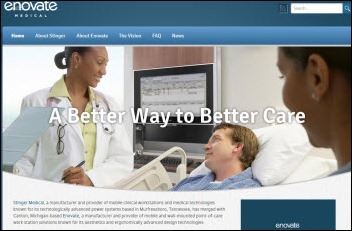


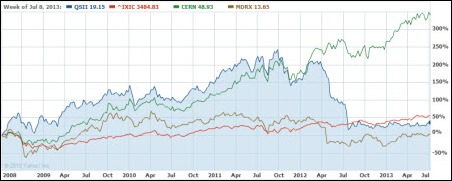













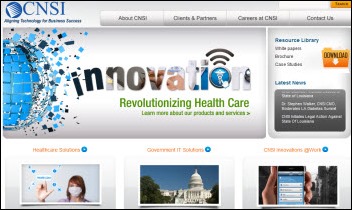








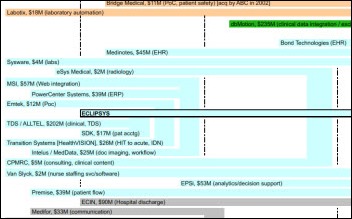
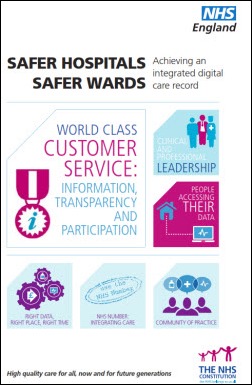




















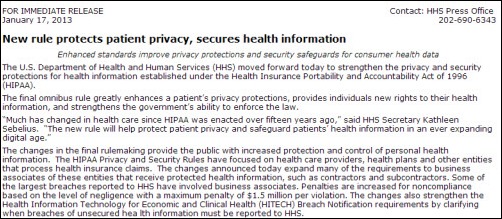








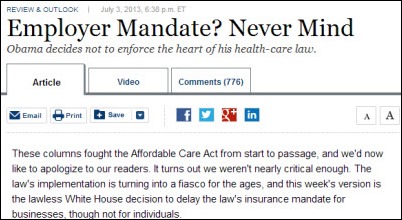






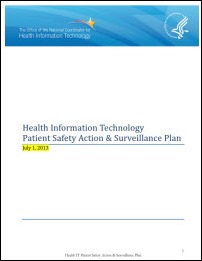
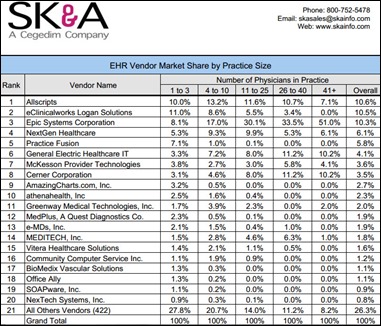


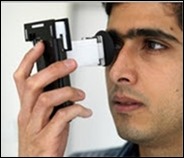
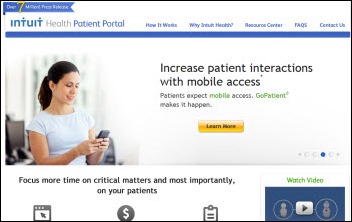




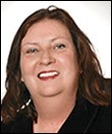


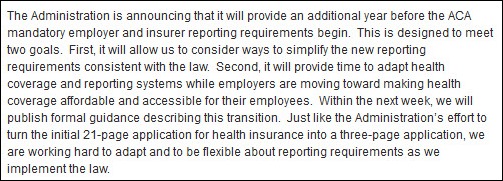



It doesn't look like much more than a computer facing a wall!!